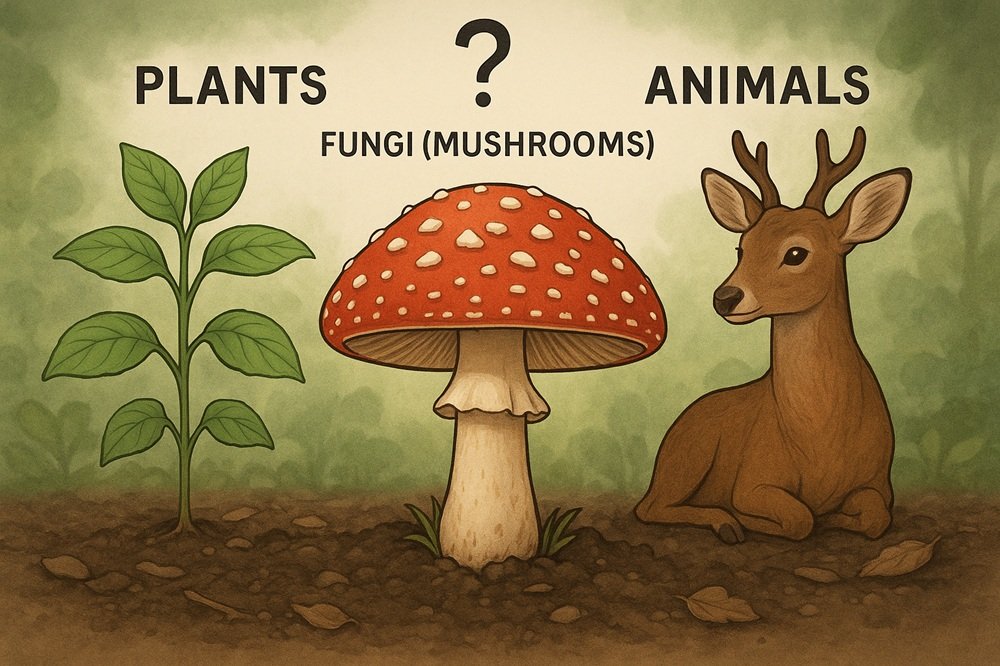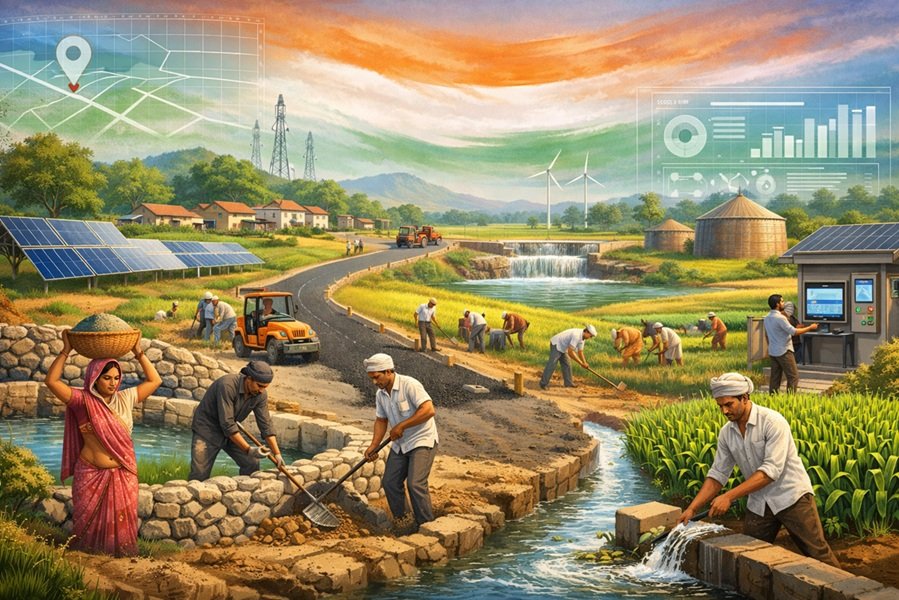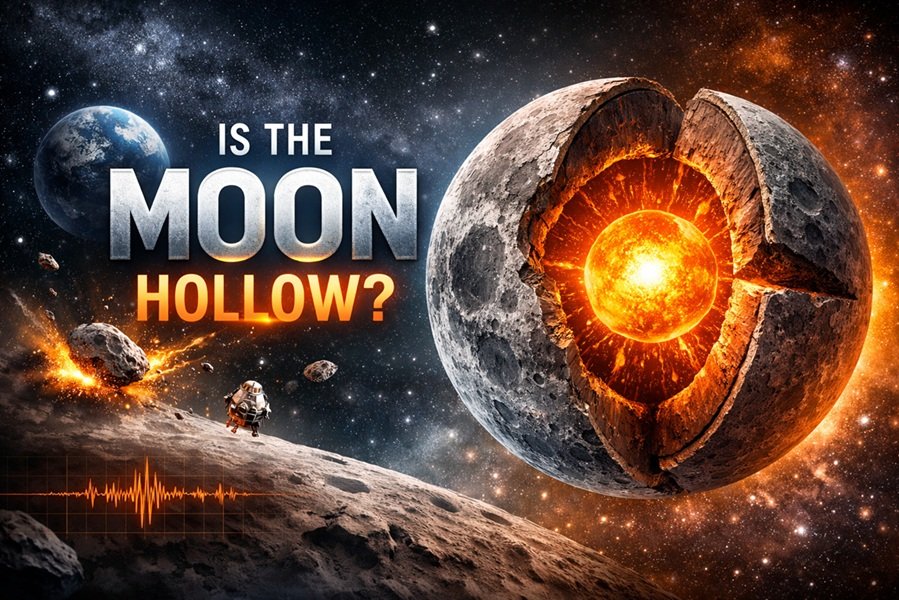
When most people think of living organisms, they typically categorize them as either plants or animals. Mushrooms, with their often green surroundings and rooted appearance, are easily mistaken for plants. However, scientific research tells a more fascinating story. Mushrooms are neither plants nor animals; they belong to their own distinct biological kingdom known as Fungi.
Let’s dive deep into the world of mushrooms to understand their true nature.
What Are Mushrooms?
A mushroom is the reproductive structure, or fruiting body, of certain types of fungi. Just as apple trees produce apples to spread their seeds, fungi produce mushrooms to spread their spores.
While the mushroom is the most visible part, the majority of a fungus lives underground or inside the decaying matter it feeds on. This network is called the mycelium, consisting of tiny, thread-like structures called hyphae.
Historical Misclassification: Why Were Mushrooms Once Considered Plants?
For centuries, mushrooms were grouped with plants primarily because:
- They are immobile.
- They grow from soil or organic material.
- They have structures resembling plant stems and caps (similar to flowers).
However, deeper investigation into their cellular structure, reproduction methods, and nutrition patterns revealed they significantly differ from plants.
How Are Mushrooms Different from Plants?
Here are several key differences that set fungi apart from plants:
1. Nutrition
- Plants: Are autotrophs; they make their own food through photosynthesis, using sunlight, carbon dioxide, and water.
- Fungi (including mushrooms): Are heterotrophs; they absorb nutrients from other organic materials. They decompose dead plants, animals, and other organisms, breaking them down and recycling nutrients into the ecosystem.
Mushrooms cannot photosynthesize because they lack chlorophyll, the green pigment plants use to capture sunlight.
2. Cell Structure
- Plant Cells: Have cell walls made of cellulose.
- Fungal Cells: Have cell walls made of chitin — the same tough substance found in the exoskeletons of insects and crustaceans.
This alone is a major biological distinction.
3. Reproduction
- Plants: Typically reproduce using seeds, flowers, and fruit.
- Fungi: Reproduce by releasing spores. These spores can travel through air, water, or via animals to colonize new environments.
4. Storage of Energy
- Plants: Store energy as starch.
- Fungi: Store energy as glycogen, just like animals.
This metabolic similarity to animals is a significant indicator that fungi are biologically closer to animals than to plants!
Are Mushrooms More Similar to Animals?
Interestingly, fungi (and therefore mushrooms) share several traits with animals:
- Nutrient Absorption: Like animals, fungi consume organic material.
- Energy Storage: As mentioned, both store energy as glycogen.
- Molecular Evidence: Genetic studies show fungi and animals evolved from a common ancestor more recently than fungi and plants.
Despite these similarities, fungi are not classified as animals because they differ fundamentally in structure, life cycle, and mobility.
The Fungi Kingdom: An Independent Lineage
The kingdom Fungi is vast, including not only mushrooms but also:
- Yeasts (used in baking and brewing)
- Molds (that can spoil food or cause disease)
- Lichens (symbiotic partnerships between fungi and algae)
- Rusts and Smuts (fungal pathogens of plants)
There are estimated to be over 5 million species of fungi on Earth — far more than the species of plants!
Why the Distinction Matters
Understanding that mushrooms are neither plants nor animals has practical implications:
1. Medicine
- Many antibiotics (like penicillin) are derived from fungi.
- Fungi are also used in the development of immunosuppressants and cholesterol-lowering drugs.
2. Ecology
- Fungi are primary decomposers. Without them, dead organic material would pile up, and nutrients would not be efficiently recycled in ecosystems.
3. Food Industry
- Mushrooms are prized for their flavor and nutrition, providing proteins, fiber, vitamins, and minerals.
- Some fungi are also used to ferment foods (e.g., cheese, soy sauce).
4. Environmental Technology
- Mycoremediation: Using fungi to clean up contaminated environments (like oil spills or heavy metal pollution).
Thus, recognizing mushrooms as fungi highlights their unique and vital role in the environment and industry.
Common Misconceptions About Mushrooms
1. “Mushrooms are plants because they grow from the ground.”
- False. While they do grow from soil or organic material, their method of growth and nutrition is very different.
2. “Mushrooms use sunlight to grow.”
- False. Mushrooms do not need sunlight to grow. In fact, many species thrive in dark, moist environments.
3. “Mushrooms are vegetables.”
- In culinary terms, mushrooms are often called “vegetables,” but botanically and biologically, they are not plants.
Summary: Are Mushrooms Plants or Animals?
| Feature | Plants | Animals | Fungi (Mushrooms) |
|---|---|---|---|
| Food Production | Photosynthesis | Consume organic material | Absorb organic material |
| Energy Storage | Starch | Glycogen | Glycogen |
| Cell Wall Composition | Cellulose | No cell walls | Chitin |
| Mobility | Stationary | Mobile | Stationary |
| Reproduction | Seeds, spores (some plants) | Live birth, eggs | Spores |
| Classification | Plantae Kingdom | Animalia Kingdom | Fungi Kingdom |
Thus, mushrooms are neither plants nor animals. They belong to their own unique kingdom — the Fungi — and play a crucial role in life on Earth.
Final Thoughts
Mushrooms are a striking reminder of nature’s complexity. Though they share characteristics with both plants and animals, they are fundamentally different. Understanding fungi deepens our appreciation of Earth’s biodiversity and highlights the intricate web of life that supports all organisms, including ourselves.
The next time you see a mushroom on a forest floor or on your dinner plate, you’ll know: you’re looking at a member of one of the most ancient, important, and fascinating groups of life on the planet — not a plant, not an animal, but something entirely unique.
Explore Quizzes:
- What is the Original Purpose of Bubble Wrap?
- How Much Horsepower Does a Horse Have?
- Does It Snow in South India? A Look at Lambasingi
- Who was the first player to take a wicket on 0th ball in men’s international cricket
- Why Was Air Conditioning Invented?
- What is the southernmost point of India?
- Why Was Rumali Roti Created? History, Origin & Culinary Significance
- Which Indian Actor Has Played the Most Number of Roles in the Same Film?







